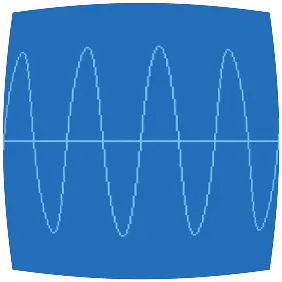As the submarine drops below the surface of the ocean, it automatically performs a sonar sweep of the nearby sea floor. On a small screen, the sonar sweep report (your puzzle input) appears: each line is a measurement of the sea floor depth as the sweep looks further and further away from the submarine.
The problem is here.
Day 1a
export const d1a = ({input}: DayProps) =>
R.pipe(
input,
s => s.trim().split(/\s+/),
R.map(parseInt),
R.reduce.indexed((n, d, i, ds) => n + Number(i && d > ds[i - 1]), 0),
).toString()
R in this case is Remeda, which is like
Ramda but tuned for TypeScript.
Interesting stuff:
-
Using
R.mapinstead ofArray.prototype.mapavoids the whole issue ofparseInttaking a radix parameter. Remeda will only pass a single argument toR.map; if you want more, you have to useR.map.indexed. -
Converting booleans to numbers is remarkably soothing. Think of the keypresses saved.
Here’s the result with the sample input:
and here’s the result with my own input:
Day 1b
The problem statement says that we’re using a sliding window to mitigate noise in the input. The prescribed implementation uses a sum over the window, though, so in reality it’s just comparing the start of the previous window with the end of the new window:
Window 1: A + B + C
Window 2: B + C + D
(B + C + D) > (A + B + C) ≡ D > A
Apart from dbg (will explain below), the only difference from
the first part is the index for comparison:
export const d1b = ({input, dbg}: DayProps) =>
R.pipe(
input,
s => s.trim().split(/\s+/),
R.map(parseInt),
R.reduce.indexed(
(n, d, i, ds) =>
n + Number(i > 2 && d > ds[i - 3] && (dbg(d, '(increased)'), true)),
0,
),
).toString()
Here’s the result with the sample input, with debugging enabled:
and here’s the result with my own input:
